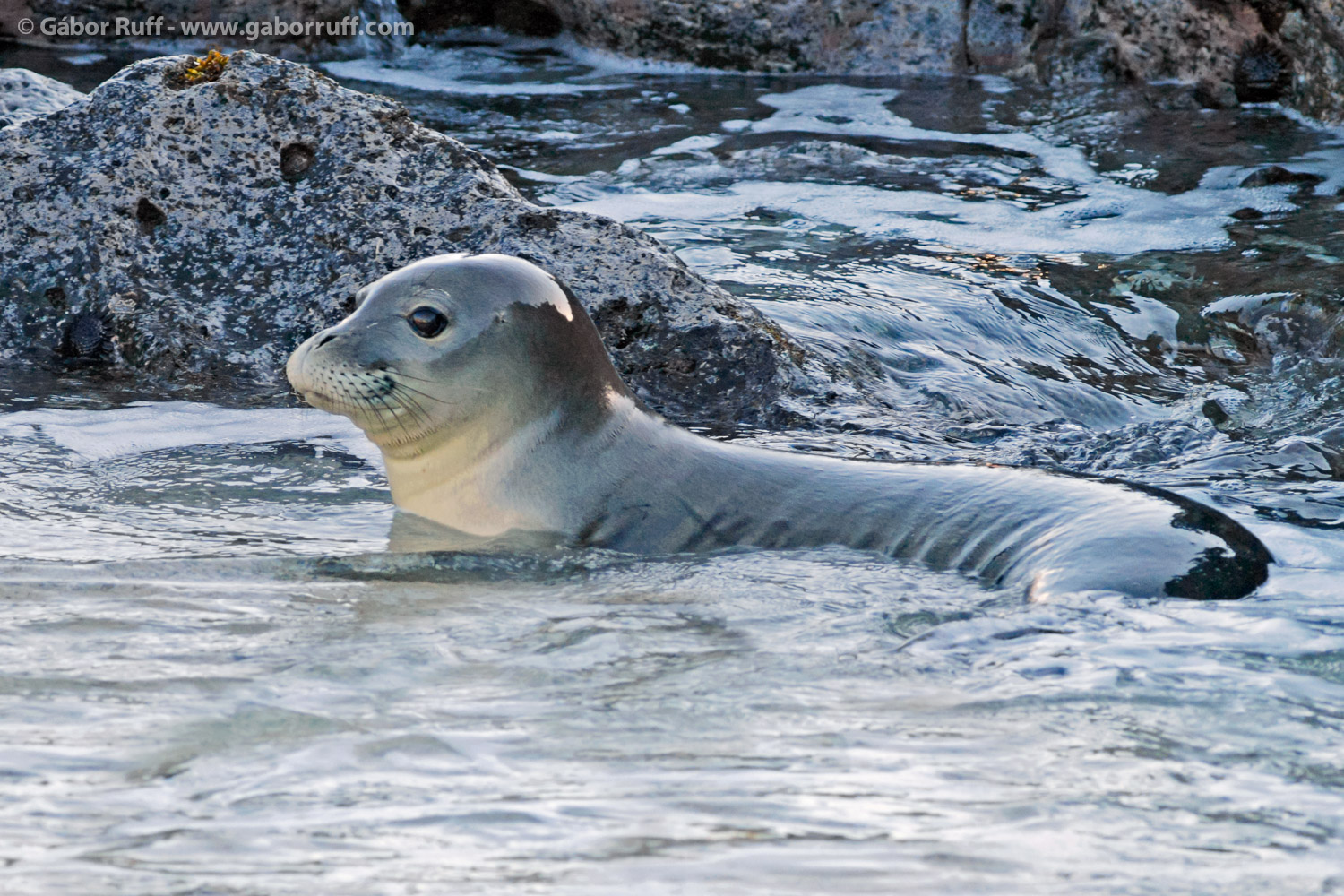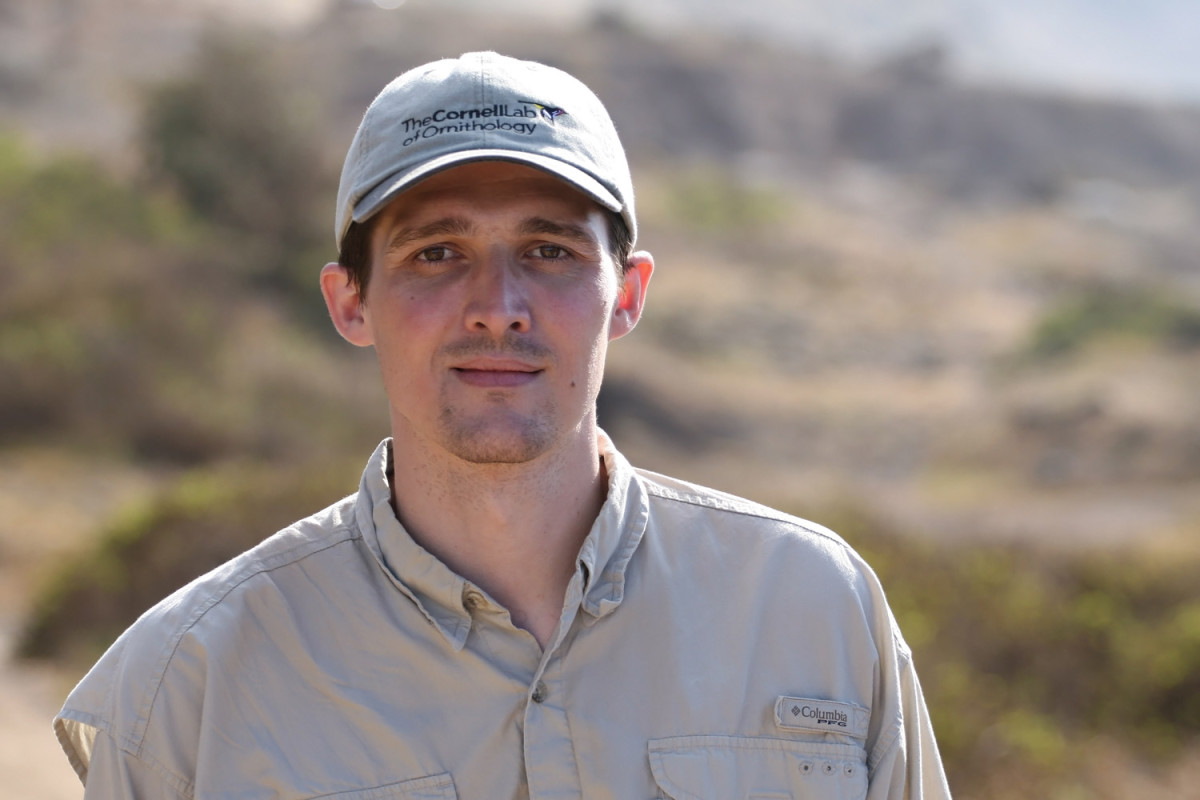When I go to Kaena Point (Oahu, Hawaii) for working with the Laysan Albatross, like I did last week, I cannot resist visiting the favorite resting place of the Hawaiian Monk Seal. I love this mammal and sometimes I am lucky enough to see a basking monk seal on the beach.
The Hawaiian Monk Seal (Monachus schauinslandi) is an extremely rare species. Its cousin, the Caribbean Monk Seal (M. tropicalis) became extinct a few decades ago and its other cousin, the Mediterranean Monk Seal (M. monachus) is also very rare. Perhaps 400 to 600 Mediterranean Monk Seals and about 1100 to 1200 Hawaiian Monk Seals remained and their populations are declining, so it was very exciting to see a healthy, strong looking young monk seal in the wild. This juvenile seal was probably born a few months ago. Mother monk seals remain with their pups only for the first five or six weeks of their lives. After that time, mothers desert pups so young seals have to be able to care themselves. Fortunately, this monk seal seems to be in good health and I didn’t want to bother him, so I quickly took some pictures and left him to crawl ashore for basking.
Update (June, 2014):
In a recent study, scientists analyzed molecular and morphological data from monk seals and found that the Caribbean species was more closely related to the Hawaiian rather than the Mediterranean monk seal. This led them to classify the Caribbean and Hawaiian monk seals in a new genus, Neomonachus.
Source:
Scheel, DM. et al. (2014) Biogeography and taxonomy of extinct and endangered monk seals illuminated by ancient DNA and skull morphology. ZooKeys, 409: 1–33
Gear: Canon EOS 7D, Canon 300mm F/4 L lens, Manfrotto tripod


